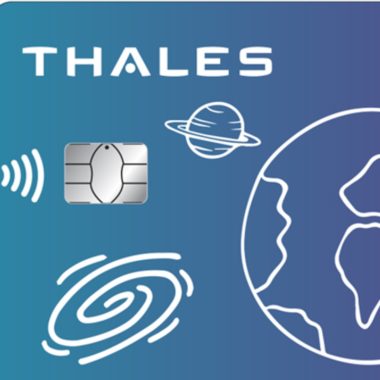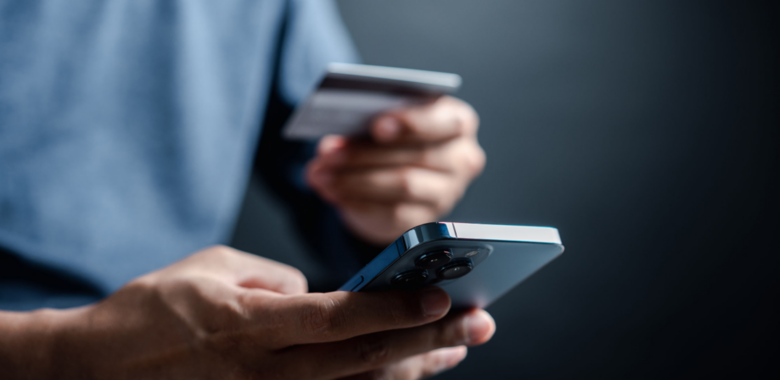We live in an age of hyper-personalization. We’re used to being served content based on our preferences, customised tech and user experiences or having many opportunities to express our views and identity. The brands and businesses that are best placed to succeed are those who have tapped into these trends. This is no different in the banking sector, as:
Cardholders now demand the same level of personalized services from issuers as they expect from consumer-facing tech companies such as Uber, Amazon, Google, and Facebook. A recent EY survey reported that 81% of Gen Z customers think that a more personalized service can help deepen their relationship with their issuer.[1]
Even beyond Gen Z, the appetite for self-differentiation & personalization is big amongst all consumers as shown below from a recent study by Revolut[2]:
- 20% of consumers who have expressed an interest in personalising items are willing to pay up to 20% more to obtain a unique item of their own creation.
- more than 30% find it fun to design a product on their own
- 48% are willing to wait longer to receive a unique and personalised product rather than one that’s more conventional.
Brands like Curve and Crypto.com are also great examples of financial platforms capitalising on these expectations – by tapping into two key market trends:
- The global rise in instant recognition and brand association with disruption & innovation
- Unique experiences for self-expression and individualism
In this blog we’ll be discussing how these trends impact none other than the payment card.
Disruption and Innovation
For the first trend, we need to look no further than the likes of Revolut, Monzo and Cash App. These innovative platforms are disrupting the market, and the unique cards they issue to users reflect this. For example, a fluorescent ‘hot coral’ card is instantly recognisable as a Monzo card. Capitalising on this, the challenger bank unveiled a limited edition set of three new colours, in a bid to encourage new users this summer.
This is also a tactic we’ve seen Revolut adopt; releasing limited edition gold-plated metal, rainbow and even glow in the dark themed cards. Offering these unique cards helps position these brands as different and innovative, appealing to a younger Gen-Z audience and encouraging a more interactive user experience.
Hyper-personalisation
Looking towards the second trend, card personalization can take this innovation to another level by allowing the user to co-design their own bank cards – enabling them to express their sense of individualism.
This is not an entirely new concept or capability, as many banks have been offering the opportunity to personalise cards with a photo for well over a decade now. However, the card market is evolving – whether it’s PVC or metal cards – a personalised solution that will work for all card types is needed.
Bringing both trends together
In a crowded market where users are spoilt for choice, tapping into these key trends is vital – which is where SketchMyCard comes in.
SketchMyCard is a solution that addresses these two trends with a single offer; allowing banks to choose the type of card body it wants to associate with its brand and enabling the end user to express their individualism with a sketch.
The easy-to-use software allows the card user to choose a background, draw their own sketch or doodle – or choose a sketch from our existing gallery. A simple, but impactful means of personalisation for a range of cards.
At Thales, we have a strong background with helping our customers deliver customised card artwork to users, with our AllAboutMe software powering 10s of millions of designs. The SketchMyCard software is powered by this existing technology, inheriting all of the key learnings and marketing tool benefits it has built over the past 15 years meaning issuers can focus on delivering a perfect UX, easing the issuer to onboard the platform.
The age of personalization is definitely back, and the business benefits are clear. Research has found that consumers who spend time customising their cards are more likely to activate them upon arrival (+6%). They will perform more transactions (+21%). And they will be more inclined to keep that card as the top of their wallet (18% less churning).




